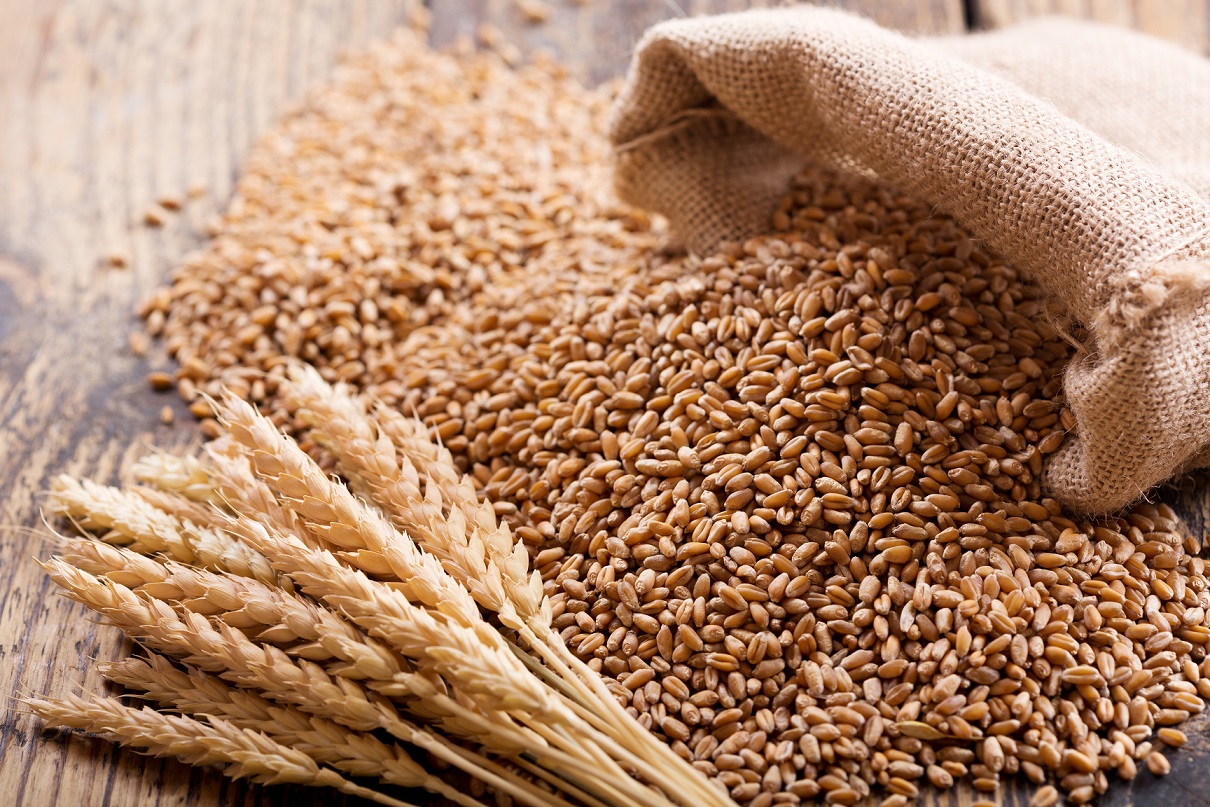
In a correct wheat fertilization plan, in addition to basic soil fertilization, foliar feeding must not be missing. Thanks to the use of wheat nutrient, we can quickly and effectively cover the demand for some macro-nutrients and fully for microelements. The used wheat supplement improves the use of available nutrients in the soil and effectively supports the plant in adverse weather conditions. Foliar fertilization is an effective method of increasing the quality and, above all, the size of crops.
In the cultivation of wheat, we can use all available nutrients as a foliar. However, one should remember about the possibilities of their use and demand, paying attention to the appropriate phase of growth. We should also remember that macronutrients - nitrogen, phosphorus, potassium, sulfur and magnesium can be supplied to wheat on an ad hoc basis. We can start applying foliar fertilizers in wheat from the tillering phase until the end of the heading phase. The great advantage is that the wheat supplement can be used together with most of the available plant protection products - fungicides and insecticides, sometimes even increasing their effectiveness. Currently, there are many microelement nutrients on the market for the cultivation of wheat. However, it is worth choosing the one that will comprehensively supply the wheat with all nutrients, without fear of deficiencies in the later stages of growth.
The greatest demand for nutrients occurs during the tillering period, so especially in this phase, the foliar application of microelements should be started. Properly supplied microelements will affect nitrogen transformation in the plant, help it develop an appropriate root mass, and ultimately affect the quality of the grain. It is important that the wheat supplement used in this phase has copper in its composition. Wheat shows the demand for this nutrient for the yield of 1 t of grain, approx. 8-9 g Cu/ha. The invaluable effect of copper in wheat is to increase resistance to lodging, increase resistance to diseases and frosts. Its deficiencies can be observed especially on the ears, which, due to the deficiency, reduce the number of grains, turn white or dry. In addition to copper, in the tillering phase, wheat should also be supplied with other ingredients, including manganese and iron. The demand for manganese is as much as 70-120 g Mn/ha per 1 ton of grain yield, and for iron - 250-350 g/ha. Manganese will help wheat to survive the initial possible spring frosts, strengthening its resistance and increasing its resistance to diseases of the stem base. Iron, on the other hand, participates in the process of chlorophyll synthesis and protein synthesis. Wheat conditioner should additionally supplement wheat's demand for boron, molybdenum, zinc and iron.
In the foliar fertilization program, we should not skip the next stage of wheat development - the stage of shooting. This is the right moment when we can deliver the next dose of micronutrients, especially in combination with fungicide and insecticide treatments. It is worth choosing a nutrient that will provide micronutrients that will help increase the biological value of the grain yield - especially copper, zinc, boron, iron. The last moment when we can apply foliar fertilization is wheat earing. The used conditioner on an ear of wheat allows you to maintain the effect of greenness, and thus extends the possibility of the grain filling, increasing parameters and thousand grain weight.
It is recommended to use foliar cereal fertilizers at temperatures optimal for the application of plant protection products. Avoid treatments in the presence of high temperatures, strong sunlight and low air humidity. In spring and summer, the most optimal conditions are early in the morning and sometimes even in the evening. In the period when there is a risk of frost, foliar fertilization should not be applied, both shortly before and after the occurrence.
There are many macro and micronutrient products on the market for use on a leaf in each crop. Before choosing the nutrient to be used for wheat, it is worth checking the composition and the sum of micronutrients that we will provide in 1 kg of fertilizer. It is also worth choosing the one which, in addition to the appropriate elements, is also characterized by a stimulating effect on the plant for better development, thus ensuring greater yield.